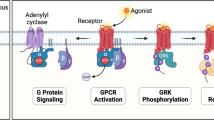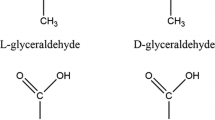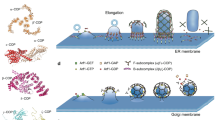Abstract.
Members of the ionotropic glutarnate receptor (iGluR) family have between 4 and 12 consensus asparagine (N)-linked glycosylation sites. They are localized on the extracellular N-termini, and the loop between the penultimate and last transmembrane domains. These regions also contain the essential elements for formation of the ligand binding site. N-linked glycosylation does not appear to be essential for formation of the ligand binding site per se, but there are demonstrated interactions between glycosylation state and ligand binding affinity, receptor physiology, susceptibility to allosteric modulation and, in some cases, trafficking. There is no indication of a general role for N-linked glycosylation in iGluRs; instead the effects of glycosylation vary among glutamate receptor subtypes and splice variants, with specific effects on structure or function with different subunits.
Similar content being viewed by others
Author information
Authors and Affiliations
Rights and permissions
About this article
Cite this article
Standley, S., Baudry, M. The role of glycosylation in ionotropic glutamate receptor ligand binding, function, and trafficking. CMLS, Cell. Mol. Life Sci. 57, 1508–1516 (2000). https://doi.org/10.1007/PL00000635
Issue Date:
DOI: https://doi.org/10.1007/PL00000635




